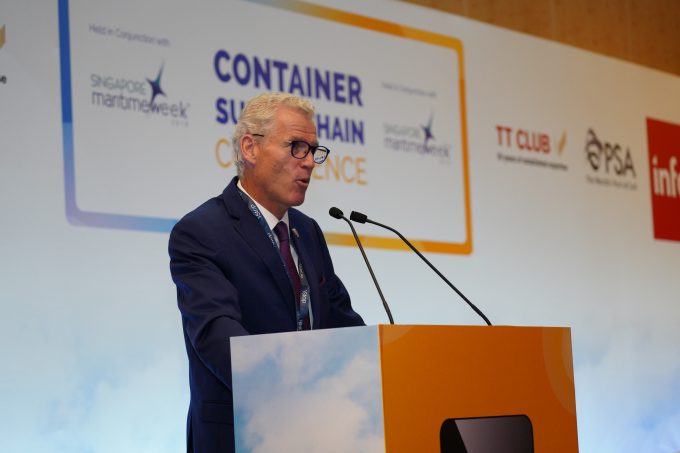Loadstar Podcast | June 2024 | Place your bets: Early peak season or ticking timebomb?
This episode, hosted by Mike King, dives deep into the challenges currently rocking the container ...

Costly empty container repositioning has been exacerbated by the US-China trade war, as more empty boxes than ever before head back to Asia.
However, artificial intelligence (AI) and the digitisation of one-way container leasing could help alleviate the shipping industry’s US$20bn empty box problem.
According to Jeremy ...
CMA CGM South Korean staff strike over bonuses after bumper 2024 profit
'Another painful headache for shippers' as Asia-N Europe rate rally ends
Amazon Air Cargo partners-up for new transpacific route into the US
MSC switches two more Asia-Europe port calls from congested Antwerp
Ports and supply chain operators weigh in on funding for CPB
Nightmare for Bangladeshi exporters as congestion and tariffs bite
Carriers introduce surcharges as congestion builds at African ports
CMA airline returns two freighters, while ANA takeover of NCA looms

Comment on this article
Gary Ferrulli
April 17, 2019 at 2:25 pmWow, back to container shipping 101. Someone has to move the empties, someone
has to pay for them. You can’t forecast xxxxxxx loads and yyyyyyy empties moving
in one direction and not have it balanced. The head haul dictates the demand and the empty returns, else you have a mountain of empties in smaller load markets and not enough in the large load markets. TP is perfect example, one way leases won’t fix that problem.